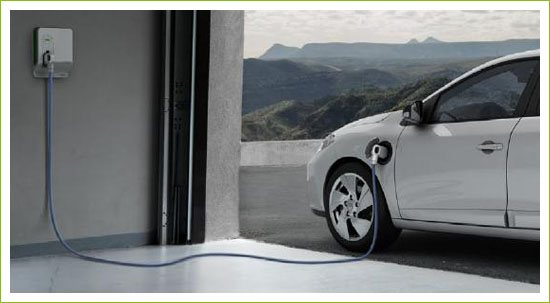Charging levels and modes
A charging LEVEL refers to the voltage and the power of the charging system. The higher the voltage the higher the power the system can deliver and thus the quicker it will charge.
Level 1 corresponds to a domestic 120V AC plug which is not used in Europe.
Level 2 corresponds to the standard European 230/240V AC plug or an overnight charge station normally installed in the EV owners garage. Most public charging poles are also Level 2.
Level 3 corresponds to dedicated quick charging stations using high voltage direct current (DC), typically 400 V DC. The charging power of these stations is very high. They can only be used for EV charging.
The charging MODE refers to the electronic communication between the vehicle and the power supply. The purpose of the communication is to avoid overcharging and to ensure safety in general.
Mode 1 is the simple case where the battery is charged from the mains. This is no longer recommended because there is no communication line in the cable.

Figure 20: Mode 1 charging (obsolete)
Mode 2 is also known as "guest charging" or even as the "grandma cable". It provides the possibility to charge from any household plug via an adapter cable. However the safety is not equivalent to a real charging station.

Figure 21: Mode 2 charging cable aka "grandma cable" (Mennekes)
Mode 3 uses the standardized communication protocol that EV's are generally intended for. This requires a charging station or a charging pole and a plug of either Type 1, 2 or 3 (please see section 2.1). Mode 3 is the correct method for overnight charging.

Figure 22: Mode 3 charging station (Renault/Schneider Electric)
Mode 4 identifies the communication and control functions used in fast charge applications.

Figure 23: A futuristic charging scenario envisioned by Green eMotion
